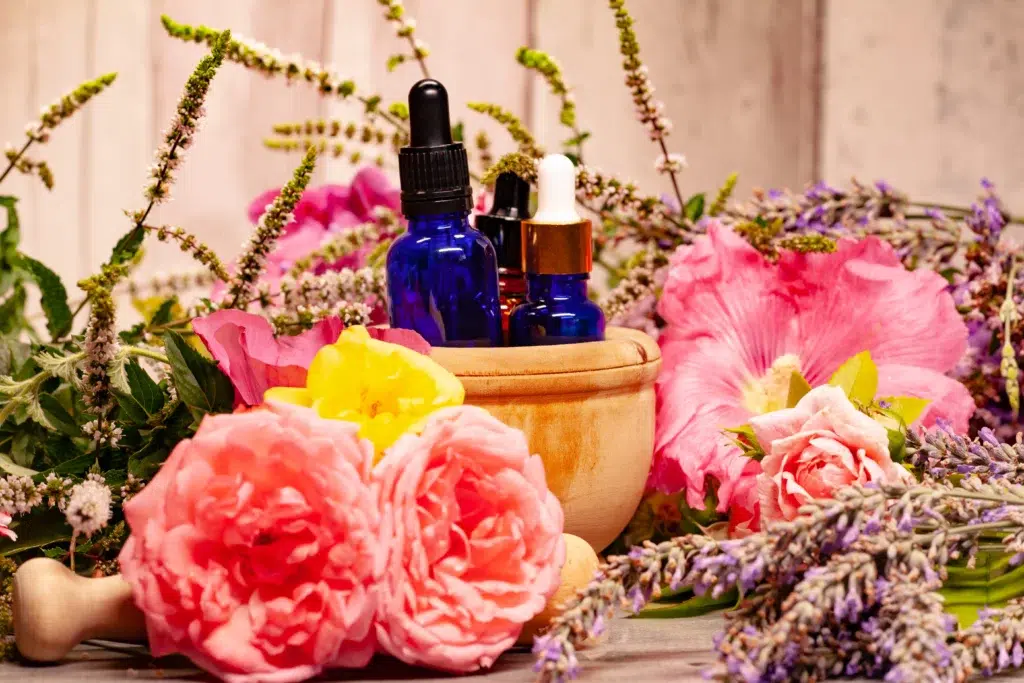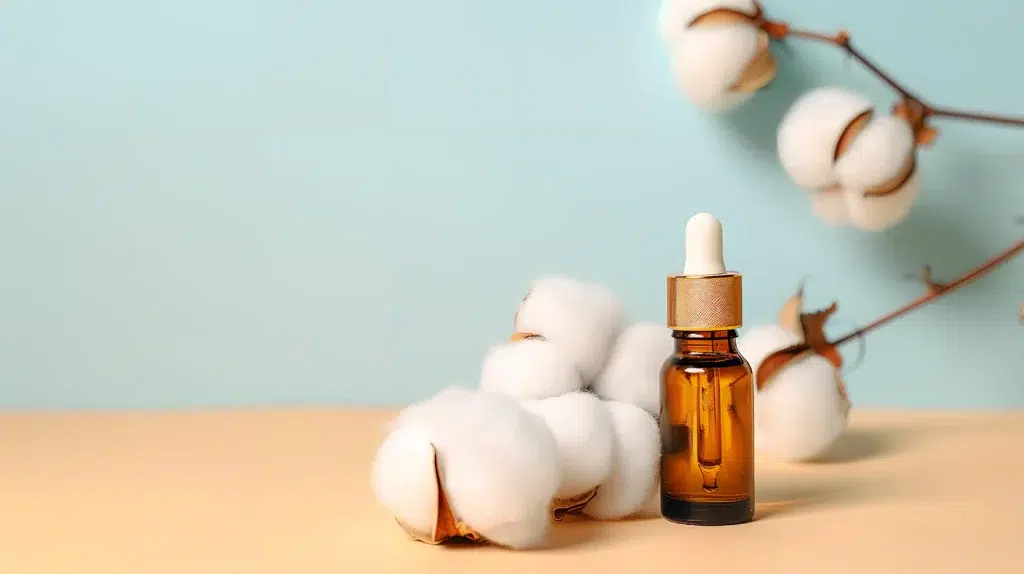In a world dominated by disposable plastics and fleeting trends, there exists a quiet revolution, one that’s deeply rooted in craftsmanship, sustainability, and timeless beauty. Imagine walking into a space where molten glass dances with vibrant colors, and skilled artisans shape it into elegant forms. This is not a scene from a distant, bygone era but a thriving reality at your local glass bottle manufacturer. Here, tradition meets innovation, and every bottle tells a story of meticulous craftsmanship and environmental consciousness.
As you delve deeper into this world, you will uncover the fascinating process that transforms raw materials into exquisite glass bottles. From the initial design stages, where creativity knows no bounds, to the precise science of melting and molding, every step is a testament to human ingenuity and dedication. But this journey isn’t just about aesthetics; it’s also about sustainability. By choosing glass over plastic, your local glass bottle manufacturer plays a crucial role in reducing environmental impact, offering a greener alternative that retains both functionality and flair. So, join us as we lift the curtain on this mesmerizing industry, revealing the art, science, and green ethos that define your local glass bottle manufacturer.
The Artistry Behind Glass Bottle Design
At your local glass bottle manufacturer, design is not just about functionality; it’s an art form. The process begins with skilled designers who conceptualize unique and eye-catching bottle shapes that capture the essence of the product they will hold. These designs are carefully crafted to enhance the brand’s identity and appeal to consumers.
Once the designs are finalized, they are transformed into reality through a meticulous process. Talented artisans work with precision and attention to detail, using specialized tools to shape molten glass into exquisite bottles. Each bottle is a masterpiece in its own right, showcasing the skill and creativity of these artisans.
From elegant curves to intricate patterns, every aspect of the design is carefully considered. The goal is not only to create a visually appealing bottle but also one that is functional and practical for its intended purpose. Whether it’s a perfume bottle with a delicate sprayer or a wine bottle with a sturdy base, every detail serves a purpose.
The artistry behind glass bottle design extends beyond aesthetics. It also involves understanding the properties of glass and how it interacts with different substances. This knowledge allows designers to create bottles that are not only beautiful but also safe for storing various liquids.
Crafting Raw Materials into Liquid Light: The Melting Process
The journey from raw materials to finished glass bottles begins with melting. At your local glass bottle manufacturer, this process takes place in state-of-the-art furnaces where sand, soda ash, limestone, and other ingredients are heated at high temperatures until they become molten glass.
This liquid light is then carefully monitored for temperature and consistency before it can be used for molding. Skilled technicians ensure that the molten glass maintains its desired properties throughout the melting process.
Once ready, the molten glass is shaped into a variety of forms, depending on the desired bottle design. It can be blown, pressed, or molded using different techniques. Each method requires precision and expertise to achieve the desired results.
During the melting process, additives may be introduced to give the glass specific properties. For example, colorants can be added to create bottles in a wide range of hues. These additives are carefully measured and mixed to ensure consistency and quality in every batch of glass.
Molding Magic: The Intricate Art of Glassblowing
Glassblowing is an ancient technique that continues to captivate with its beauty and complexity. At your local glass bottle manufacturer, skilled glassblowers use this technique to shape molten glass into stunning bottles.
The process begins by gathering a blob of molten glass onto the end of a blowpipe. The glassblower then blows air into the pipe while simultaneously shaping the glass with tools and molds. This delicate dance between breath and skill allows for the creation of unique bottle shapes.
As the molten glass cools, it becomes more rigid, requiring precise movements to maintain control over its form. Glassblowers use various tools such as jacks and paddles to shape and refine the bottle’s curves and contours.
Once the desired shape is achieved, the bottle undergoes a process called annealing. This involves slowly cooling it in a controlled environment to relieve internal stresses and strengthen the glass. Annealing ensures that each bottle is durable and resistant to breakage.

Sustainability at Its Core: Green Practices in Glass Manufacturing
Your local glass bottle manufacturer takes sustainability seriously. From sourcing raw materials responsibly to implementing energy-efficient practices, they strive to minimize their environmental impact.
One key aspect of sustainability in glass manufacturing is the use of recycled glass, also known as cullet. By incorporating cullet into the production process, manufacturers reduce the need for virgin materials and conserve natural resources. This not only reduces energy consumption but also decreases waste sent to landfills.
In addition to using recycled glass, your local glass bottle manufacturer invests in energy-efficient technologies. This includes advanced furnace designs that maximize heat retention and minimize energy loss during the melting process. By optimizing energy usage, they reduce greenhouse gas emissions and contribute to a greener future.
Furthermore, your local glass bottle manufacturer prioritizes responsible waste management. They implement recycling programs within their facilities and encourage consumers to recycle their glass bottles after use. This closed-loop approach ensures that glass bottles can be reused endlessly, further reducing their environmental footprint.
From Sand to Glass: Understanding the Raw Materials
The journey of a glass bottle begins with its raw materials: sand, soda ash, limestone, and sometimes other additives. These ingredients are carefully selected for their specific properties and sourced from environmentally responsible suppliers.
Sand is the primary component of glass and provides its structure. It is usually sourced from beaches or quarries where it is abundant. Soda ash acts as a fluxing agent, lowering the melting point of sand and allowing it to transform into molten glass more easily.
Limestone is added to improve the durability of the glass by making it more resistant to thermal shock. Other additives may include colorants for creating colored glass or clarifying agents for achieving crystal-clear transparency.
Before being used in production, these raw materials undergo rigorous testing to ensure they meet quality standards. This includes analyzing their chemical composition and physical properties to guarantee consistent results in every batch of glass.
Innovations in Glass Bottle Production: Technology Meets Tradition
Your local glass bottle manufacturer embraces innovation to enhance efficiency and quality without compromising on traditional craftsmanship. Advanced technologies are integrated into various stages of production, from design to molding.
Computer-aided design (CAD) software allows designers to create intricate bottle shapes with precision. This digital approach streamlines the design process and enables quick modifications based on client requirements.
In the melting process, automated systems monitor temperature and consistency, ensuring optimal conditions for producing high-quality glass. These systems provide real-time data and alerts, allowing technicians to make adjustments as needed.
During molding, automated machines assist artisans in achieving consistent results. These machines can blow or press molten glass into molds with incredible accuracy, reducing human error and increasing productivity.
While technology plays a vital role in improving efficiency, it is the skilled artisans who bring life to each bottle. Their expertise and attention to detail ensure that every piece meets the highest standards of quality and craftsmanship.
The Role of Skilled Artisans: Hands That Shape Beauty
Your local glass bottle manufacturer takes pride in its team of skilled artisans who transform molten glass into works of art. These craftsmen possess years of experience and an innate understanding of the material they work with.
Using a combination of traditional techniques and modern tools, these artisans shape bottles with precision and finesse. They understand how temperature, timing, and even breath can influence the final outcome.
From blowing delicate curves to creating intricate patterns, their hands bring beauty to life. Each artisan has their unique style and signature touch that adds a personal touch to every bottle they create.
Skilled artisans also play a crucial role in quality control during production. They meticulously inspect each bottle for imperfections or defects before it moves on to the next stage. Their keen eye ensures that only bottles of the highest quality reach the market.
Quality Control and Assurance: Ensuring Excellence in Every Bottle
Your local glass bottle manufacturer prioritizes quality control at every step of the production process. Stringent measures are in place to ensure that each bottle meets the highest standards of excellence.
Quality control begins with raw materials testing, where samples are analyzed for chemical composition and physical properties. This ensures that only materials of the highest quality are used in production.
During the melting process, technicians continuously monitor temperature and consistency to maintain optimal conditions for producing flawless glass. Any deviations are immediately addressed to prevent defects in the final product.
Once bottles are molded, they undergo thorough inspections for any imperfections such as bubbles, cracks, or uneven surfaces. Skilled artisans meticulously examine each bottle, rejecting any that do not meet their stringent quality standards.
In addition to visual inspections, your local glass bottle manufacturer conducts various tests to ensure durability and functionality. These may include pressure tests, temperature resistance tests, and compatibility tests with different substances.
Packaging with Purpose: The Environmental Impact of Glass Bottles
Glass bottles have a minimal environmental impact compared to their plastic counterparts. They are made from natural materials and can be recycled endlessly without losing their quality or purity.
Your local glass bottle manufacturer recognizes this inherent sustainability and promotes responsible packaging practices. They encourage consumers to choose glass over plastic by highlighting its eco-friendly attributes.
Glass bottles can be recycled into new bottles or repurposed into other products such as countertops or insulation material. This reduces the demand for virgin materials and conserves natural resources.
Furthermore, glass is impermeable and inert, meaning it does not leach harmful chemicals into its contents. This makes it a safe choice for storing food, beverages, and pharmaceuticals.
By opting for glass bottles, consumers contribute to a circular economy where resources are reused and waste is minimized. It’s a small but significant step towards a greener future.

Conclusion: Embracing the Beauty and Sustainability of Locally Made Glass Bottles
Your local glass bottle manufacturer is more than just a producer of containers; they are guardians of tradition, champions of sustainability, and creators of beauty. Through their artistry, innovation, and commitment to quality, they bring forth bottles that not only serve a purpose but also inspire admiration.
By choosing locally made glass bottles, you support an industry that values craftsmanship, sustainability, and environmental consciousness. Each bottle tells a story of human ingenuity and dedication to creating something truly remarkable.
So next time you hold a glass bottle in your hands, take a moment to appreciate the artistry behind it. Feel the weight of its history and the promise it holds for a better future. Embrace the beauty and sustainability of locally made glass bottles.